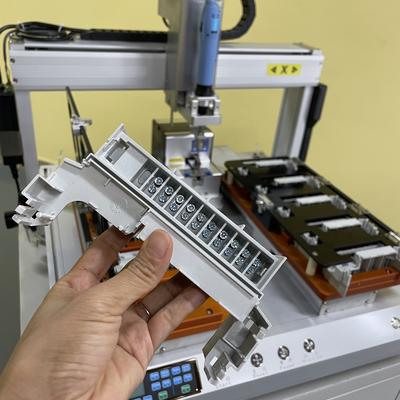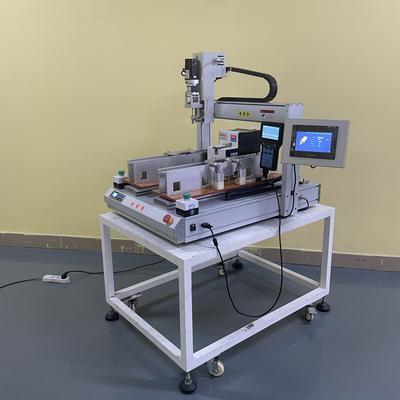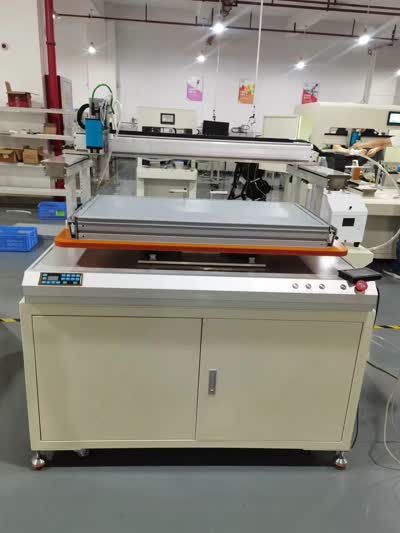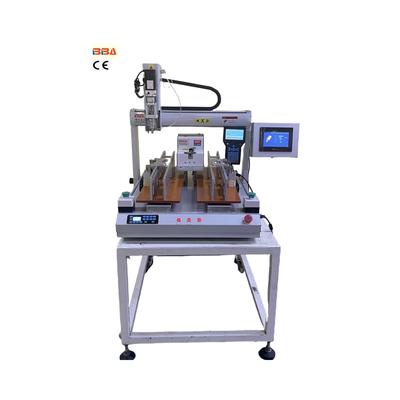ISO Compliance Strategies in Industrial Automation: Keys to Efficiency and Safety | Smart Factory Certification Guide
In the fast-paced world of industrial automation, maintaining compliance with international standards is not just a regulatory obligation—it’s a strategic advantage. ISO (International Organization for Standardization) frameworks provide globally recognized guidelines to enhance operational efficiency, ensure product quality, and foster workplace safety. For companies operating in automation, robotics, and smart manufacturing, aligning with ISO standards is critical to staying competitive and building trust with stakeholders.
Why ISO Compliance Matters in Industrial Automation
ISO standards such as ISO 9001 (Quality Management), ISO 14001 (Environmental Management), and ISO 45001 (Occupational Health and Safety) establish best practices for systematic process control. In automation systems, these standards help organizations:
- Minimize errors in production workflows through standardized protocols
- Reduce environmental impact via energy-efficient automation solutions
- Enhance worker safety in human-machine collaboration environments
Key Steps to Achieve ISO Certification
Implementing ISO standards requires a structured approach:
- Gap Analysis: Assess current processes against ISO requirements
- Documentation: Develop clear SOPs for automated systems and maintenance
- Training: Educate teams on compliance integration with automation tools
- Audit Preparation: Conduct internal audits using digital monitoring systems
Leveraging Technology for Continuous Compliance
Modern automation platforms simplify ISO adherence through:
- Real-time data logging for audit trails
- Predictive maintenance aligned with ISO 55001 asset management
- AI-driven anomaly detection in quality control processes
By embedding ISO requirements into automated workflows, manufacturers can achieve consistent compliance while optimizing resource allocation. Regular software updates and employee competency assessments ensure the system evolves with changing standards.
Building a Culture of Quality
Ultimately, ISO compliance thrives when organizations view it as more than a checklist. Integrating standard-driven practices into daily operations creates a proactive environment where automated systems and human expertise work synergistically to deliver measurable business outcomes.

| Product Name | Applicable industries |
| Inline Screw Locking System | Power Tool Assembly Lines |


